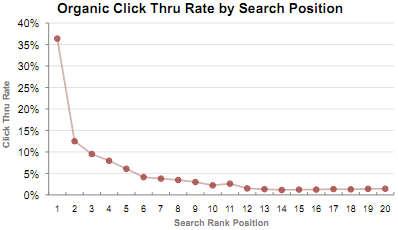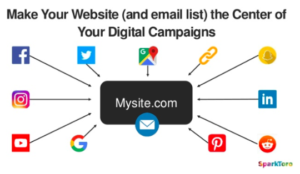
Marketing luminary Seth Godin has a history of seeing into the future, having famously said in 2008 that “Content marketing is the only marketing left.” His latest prediction on the state of search serves as a harbinger for marketers moving into 2021 and beyond.
“If you’re dependent on being found in a Google search, it’s probably worth rethinking your plan.” —Seth Godin
Rand Fishkin, CEO of SparkToro and one of the foremost authorities in search engine optimization (SEO), takes it a step further in his recent piece titled “Google in 2020: From Everyone’s Search Engine to Everyone’s Competitor.” He asserts that Google is creating a walled garden with clear intentions to “compete directly with those that helped it become a dominant, monopoly power.”
As a result, he forecasts that organic search has reached its plateau and will soon decline.
Welcome to the era of zero-click searches.
To grasp the potential impact of this shift, it’s important to understand search behavior and the outsized influence Google has on website traffic—especially in health care. Here are a few fundamental truths:


While the impact on SEO can’t be understated (especially for search-dependent categories like travel and weather), there is hope for healthcare marketers. Search is still an effective channel for engaging consumers and clinicians seeking healthcare information and remains the No. 1 source of site traffic for leading health systems, according to the Hospital Digital Experience Index.

So how can healthcare marketers thrive in the zero-click environment?
Here are five proven strategies for winning in the zero-click search world:

Let our digital marketing experts audit your site and make recommendations to increase organic traffic and conversions.
Jason Skinner
True North is your expert healthcare marketing agency, offering full-service, HIPAA-compliant marketing solutions.
We’ve probably all heard the old marketing adage: It takes about seven impressions for prospects to remember your brand and consider buying from you.Content cadence and frequency ...read more
Here are the top 11 advantages of hiring a healthcare digital marketing agency compared to bringing a full-time equivalent (FTE) employee on board or using freelance resources.The ...read more
Learn how digital marketing experts at three different types of health systems are shifting social media strategies in response to COVID-19.We recently hosted a roundtable discussion ...read more
Healthcare personas can be effective tools that align marketing initiatives with the target audience—or a tremendous waste of time. Here’s how to create a patient profile ...read more